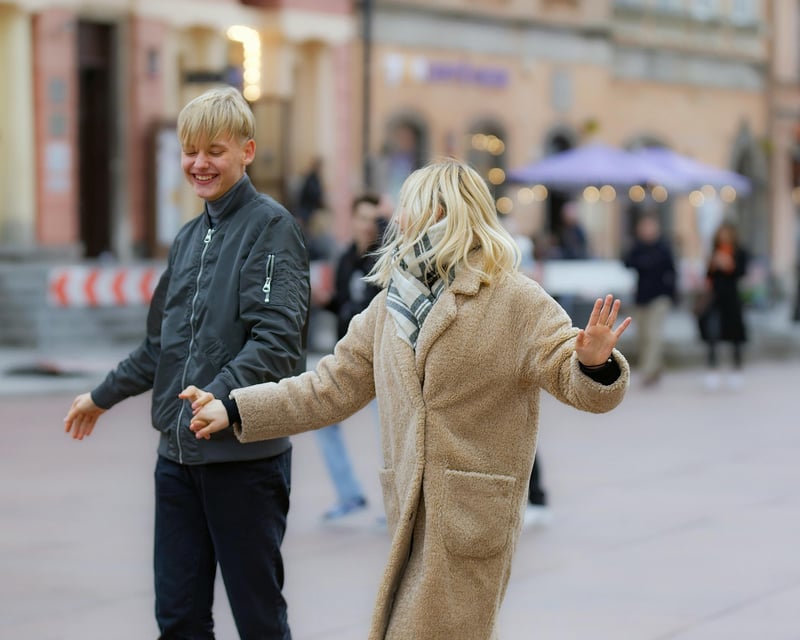Hip Hop
The Power of Expressive Movement in Hip Hop
When it comes to the world of hip hop, expressive movement is at the core of the culture. From fluid dance styles to powerful gestures, hip hop embraces a range of movements that allow individuals to express themselves creatively and authentically. Let's delve into the significance of expressive movement in hip hop and how it influences both the dance and music aspects of this vibrant art form.
The Art of Dance in Hip Hop
Hip hop dance is renowned for its dynamic and energetic movements that captivate audiences worldwide. From breaking to popping and locking, each style of hip hop dance tells a unique story and reflects the individuality of the dancer. The fluidity of movements in hip hop dance allows performers to convey emotions, experiences, and narratives through their choreography.

Breaking Boundaries
One of the most iconic forms of hip hop dance is breaking, which originated in the Bronx, New York City, in the 1970s. Breakers use a combination of footwork, freezes, and power moves to showcase their agility, strength, and creativity. Breaking is not just a dance style; it's a form of self-expression that transcends language and cultural barriers.
Rhythmic Expressions in Hip Hop Music
Expressive movement is not limited to dance in hip hop; it also plays a crucial role in the music itself. Hip hop artists use their bodies to embody the rhythm and flow of their music, creating a seamless connection between movement and sound. From head nods to hand gestures, hip hop musicians express their lyrical prowess through physical movements that amplify the impact of their words.

Embracing Individuality
One of the hallmarks of hip hop culture is its celebration of individuality. Artists are encouraged to express their unique identities through their music and movements, creating a diverse tapestry of styles and voices within the hip hop community. Whether through intricate dance routines or expressive gestures on stage, hip hop artists use movement to convey their personal stories and connect with their audience on a deeper level.
Conclusion
Expressive movement lies at the heart of hip hop culture, shaping both its dance and music components. Through fluid dance styles, powerful gestures, and rhythmic expressions, hip hop artists express their creativity, emotions, and identities with authenticity and passion. The fusion of movement and music in hip hop creates a dynamic and engaging art form that continues to inspire and empower individuals around the world.
